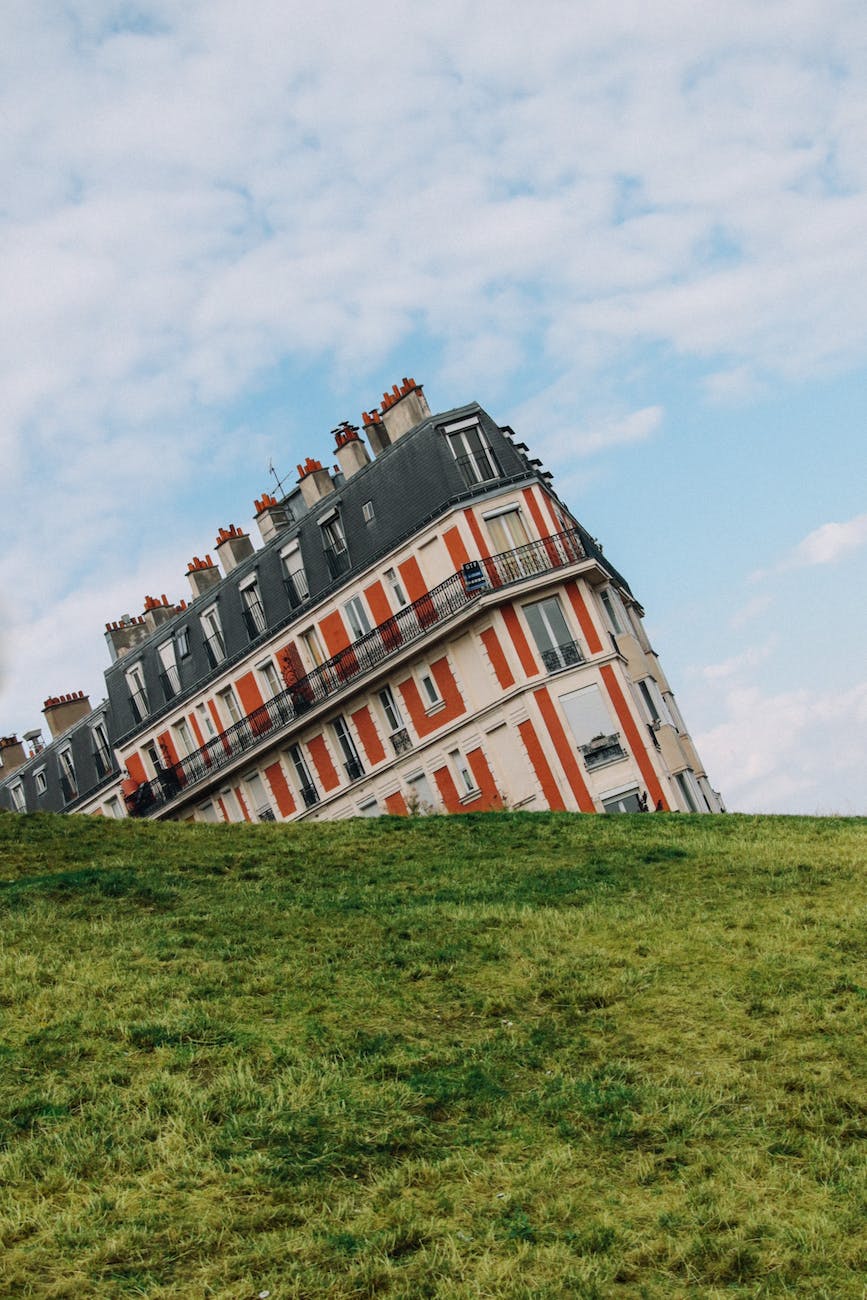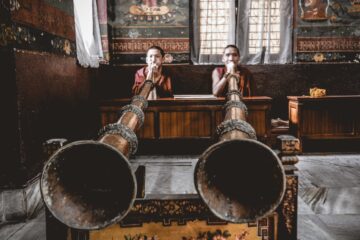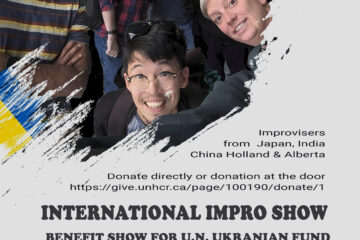THOUGHTS, IDEAS, QUESTIONS, PROCESS, LESSONS,
Student Post
TILT IT – AGAIN!
PAUL ROBINSON – Week 6
Exercise: Tilt it Again (Shawn Kinley)
School of Thought: Keith Johnstone
Procedure:
Step 1: Two performers up. One starts off stage, one starts on stage. The performer on stage begins a scene. The second performer enters the scene after a beat.
Step 2: The two performers use conversation and pantomime to set up a platform. A ‘platform’ is incidental details about the environment, characters, and relationships. Neither character should have a great reaction to these details, as they are not important (yet). Choose to be positive, avoid conflict.
Step 3: Then, tilt the platform. A tilt is a drastic change in a character’s relationship. One character has a big emotional reaction, and then justifies it using the platform. It is best for the tilt to be sudden, and the second performer’s reaction to be large (e.g. if the tilt is one character is a vampire, it is revealed with a single line or gesture, not one minute of hinting at it before admitting it. And the second character shouldn’t respond flatly, they should respond in terror, elation, anger, etc.). When we played, we focused on tilting by negating a piece of the platform.
Step 4: When an appropriate amount of time has passed, restart at the moment the platform ended and find a new, completely different tilt.
In this case, the ‘appropriate amount of time’ is subjective. Run it to the end of the scene if you are working on narrative. Run it to just a moment after the tilt is clear if you are working on tilts. Repeat as necessary to practice tilting.
Why it’s important:
This exercise is useful because it trains narrative skills. Playing it gives the performer a useful tool to understand why scenes work or don’t work from a narrative perspective.
A common (and accurate) criticism of this is that it can create formulaic scenes. Formulaic scenes can kill spontaneity and fun. However, without technique there is no freedom. Pablo Picasso could draw an accurate portrait in complete darkness. Jerzy Grotowski’s students teach a ‘body alphabet’ of about two dozen specific movements and breathing exercises. Vigorously practising a technique can free us from the pressure of creation, allowing us to be more creative. It is necessarily paradoxical.
There is a Bon teacher who expresses the paradox like this: true enlightenment exists without religion. A religion materially attaches you to the world. By investing your sense of self in a religious tradition and a body of practice, you take yourself further from enlightenment. But, at the same time, it is only through religious practices (like meditation) that your ego can dissolve and you can reach enlightenment. So really, it doesn’t matter what religious path you follow, just that you follow one. “When in the body of a donkey, enjoy the taste of grass,” is the way Tenzin Wangyal explains it.
Put a little less elegantly, “Eat the grass if you’re an ass.”




0 Comments